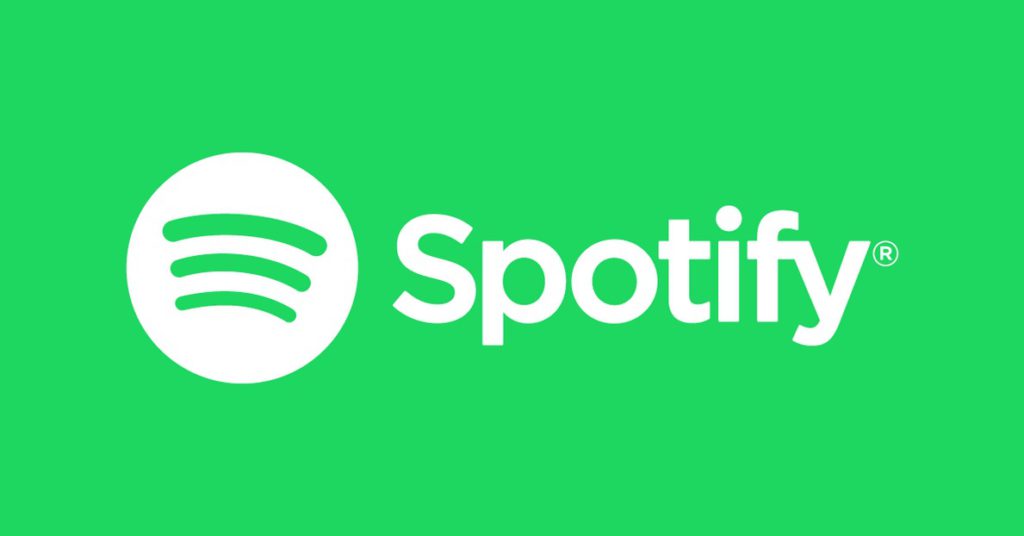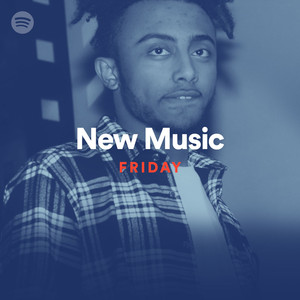 Justin Barker joined [PIAS]’s global team last year as Director of Streaming Strategy. He previously set up the Digster playlist brand for Universal Music UK and founded streaming consultancy/agency Slice!
Justin Barker joined [PIAS]’s global team last year as Director of Streaming Strategy. He previously set up the Digster playlist brand for Universal Music UK and founded streaming consultancy/agency Slice!
It’s a bit of a bugbear of mine when I see analysis suggesting that Spotify’s monthly active user base – now comfortably over 100m – is a drop in the ocean compared to the 7bn people in the world.
Factually that might be true, but it’s an idea which forgets less than half of that global population are active online.
In addition, Spotify isn’t available in every territory; it’s basically up-and-running in North and South America, Western Europe, a bit of Eastern Europe, Australia/New Zealand and some of South-East Asia.
Not included there is Africa, India and China – all massive parts of the internet population. There’s more internet users in Africa than there are in the US.
So when you start thinking about the online populations of territories in which Spotify is live, you’re looking at under 1.5bn people.
Which means 100m+ active users is a pretty significant footprint – somewhere very roughly just shy of 10% of the whole, addressable internet.
 It’s therefore an increasingly fair assumption that someone you meet out there will be streaming music.
It’s therefore an increasingly fair assumption that someone you meet out there will be streaming music.
Pile on Apple Music’s 20m+ subscribers on top of that, and then consider YouTube – whose last active user figure of 1bn came from 2013, when the internet had 800m fewer people online than it does today – and it only enhances this idea.
It’s a very different reality than even three years ago, when brand awareness was nowhere near what it is now.
It all means that streaming is now definitely a mainstream proposition. And, especially in the case of Spotify, that being on its playlists is becoming increasingly essential to an artist campaign; particularly for those aimed at younger audiences – with around 80% of the platform’s global user base aged under 35.
Sometimes it feels like there’s an expectation amongst labels of being on these playlists, and that it’s a disaster if it doesn’t happen.
You can understand that: playlists are very important for discovery, and also how Spotify evaluates the future potential of tracks, by looking at skip rates, or saves to personal collections, or repeat plays, or shares.
Most Spotify playlists are 50-80 songs long, and barring the new music ones – where the whole tracklisting refreshes every week – due partly to the longer half-lives of tracks on streaming platforms, most of them only have slots for a handful of new tracks per week.
That already limits your chances.
 Even more important is to think of the types of users on the platform and how that’s evolved over time.
Even more important is to think of the types of users on the platform and how that’s evolved over time.
When Spotify first launched, it was first and foremost seen as a retail disruptor, accused of taking sales away from stores and download platforms. And in the early phase of adoption, that was probably true.
But now we’ve got a genuine level of mainstream adoption where it’s not just those would have been migrated retail customers; it’s migrated radio listeners too. For the first time, these ‘passive’ music listeners are using the same platform as the more dedicated music fans.
There are now starting to be a lot more of these ‘passive’ listeners than migrated retail customers – so a lot of decisions Spotify makes are, understandably, going to be informed by that.
The bulk of streams on Spotify either come from playlists or user collections (which are still responsible for over half the streams on the platform).
“Skip rates in general on Spotify are something like 50% across the board; a good skip rate would be more like 30-40%.”
Spotify playlists are generally divisible into three types: (i) generalist discovery playlists – like New Music Friday; (ii) genres, which is pretty self-explanatory; and (iii) mood/lifestyle playlists, offering a selection of tracks tailored for a purpose or ‘feeling’.
The fact is, audiences of most of these playlists rarely want new music as quickly as the we want sell it to them.
Take mood playlists, for example. These are very often built to be left playing in the background during activity. If a track is really standing out, even attracting repeat listen after repeat listen, it might mean the playlist isn’t actually doing its job!
If I was managing a mood playlist and looking at what should stay and what shouldn’t, the main thing I’d consider would be a skip rate. Because if a track’s skip rate is high in a playlist like that, which is quite disengaged, it probably means it shouldn’t be in there.
Skip rates in general on Spotify are something like 50% across the board; a good skip rate would be more like 30-40%.
One reason I think hip-hop works so well on streaming platforms right now is because albums in the genre have so often been A&R’d to have tracks for different scenarios.
You always had the one for the car, the one for the club, the one for the bedroom, the crossover hit, etc. That’s perfect for the way streaming playlists work.
Success on Spotify playlists isn’t only about getting picked to be in them, either – it’s also about which playlists are the most popular or which ones they put on the home page (and in which territories) because that will most likely result in a spike in streams as well.
Rightly, really, Spotify is typically choosing stuff on its biggest playlists that will perform the best with the majority of their audience – Pop, Dance, Urban and maybe Latin or Country in the Americas.
If you release music outside of these genres, it might sometimes feel a little like a closed shop, but that’s not true – and, as the audience grows, it will inevitably become less so.
“The playlists Spotify typically creates in rock/alternative can be quite entry-level, focusing on the bigger songs. There’s nothing wrong with that – everybody needs entry points. But where do users go after that?”
There may be an opportunity here for labels, with all of their expertise.
If you look at, say, alternative rock, amongst the 100m+ people on Spotify, there will be a market for that. It might not be as significant as the more on-trend genres but it’s still a big potential audience.
On top of that, the playlists Spotify typically creates in that genre can be quite entry-level, focusing on the bigger songs. There’s nothing wrong with that – everybody needs entry points. But where do users looking for more go after that?
This leaves room for specialist third-party playlists to have an impact.
I also think it’s reasonable to assume Spotify’s own team (who are music fans themselves btw!) might even watch some of the best third-party playlists – either to inform decisions or maybe simply as an easier way to stay on top of what’s being released.
A quality audience of 1,000 – 10,000 people is a big advantage to any label, and only attainable if there is a willingness to commit daily resource and energy to keeping a playlist great. You mustn’t expect too much too soon.
You can’t overburden projects like this with expectations too early, which I think happens a lot, and often leads to the wrong songs being selected too soon and thus alienating the more discerning, early adopter audience.
You shouldn’t rely on Spotify to support every single thing you do.
They have been and continue to be a huge supporter of music from all sectors but even with the best will in the world, there is a limit to what they can do and that means that sometimes, you’ve got to do it yourself.